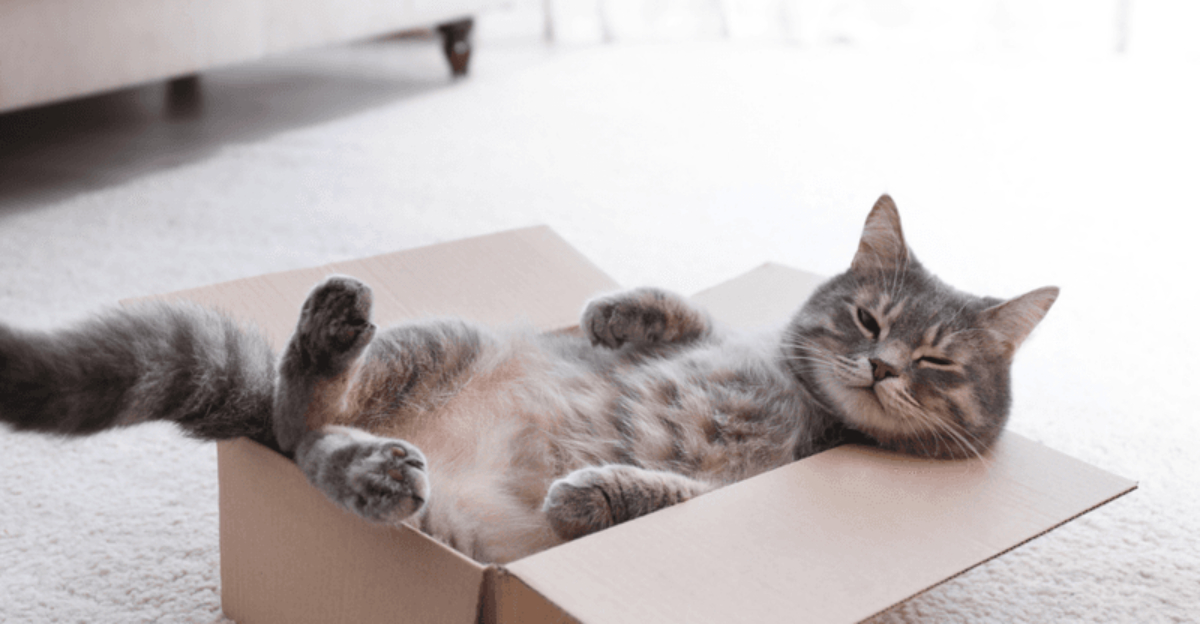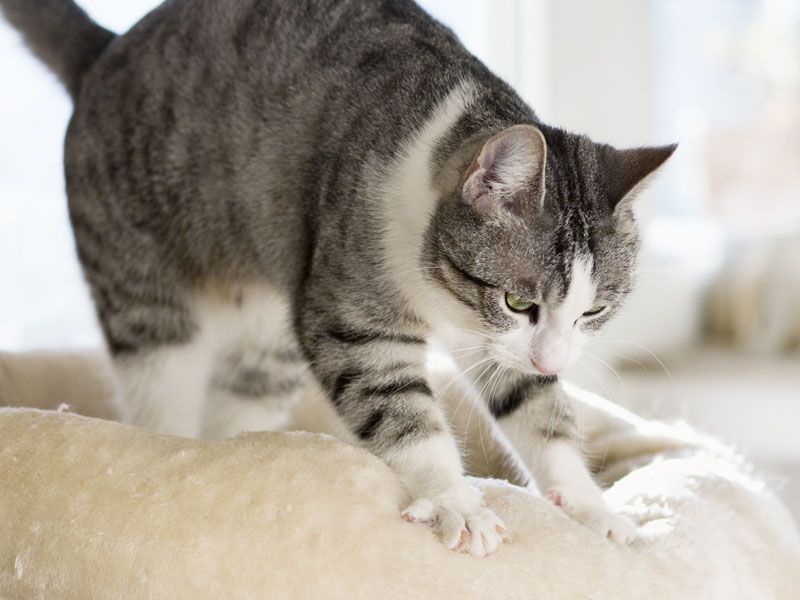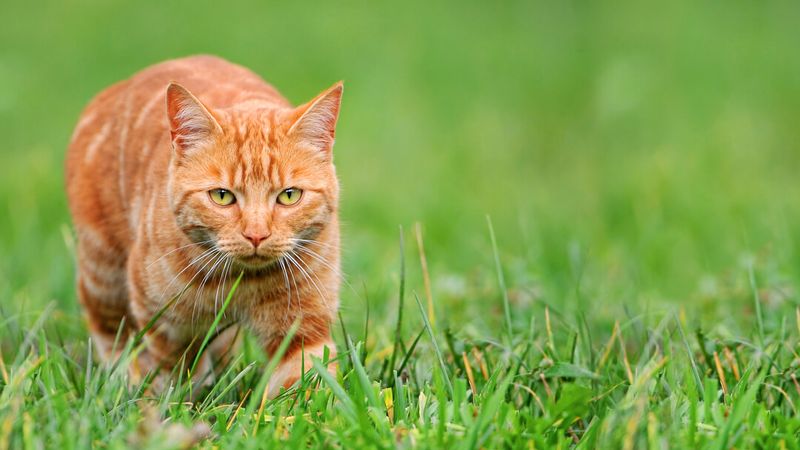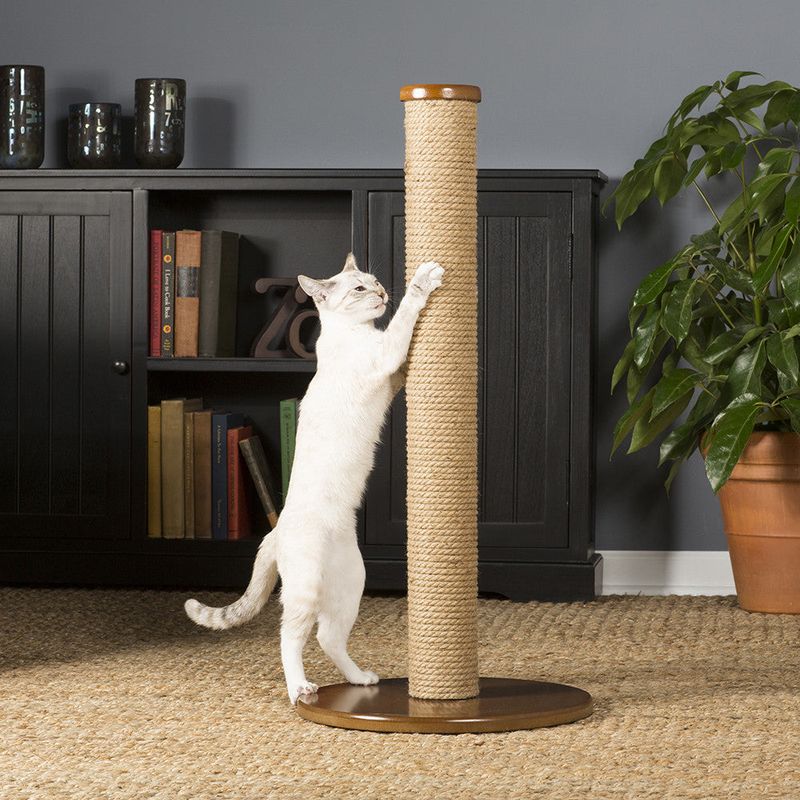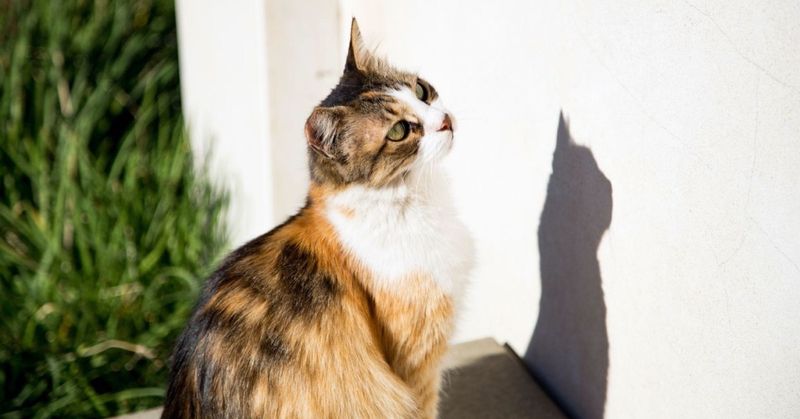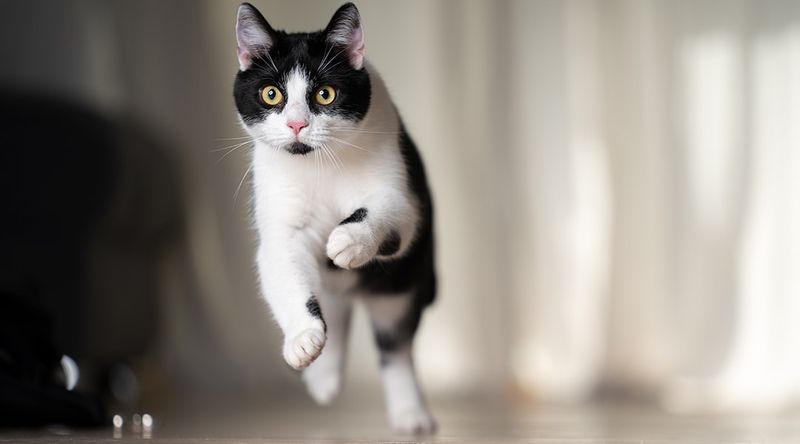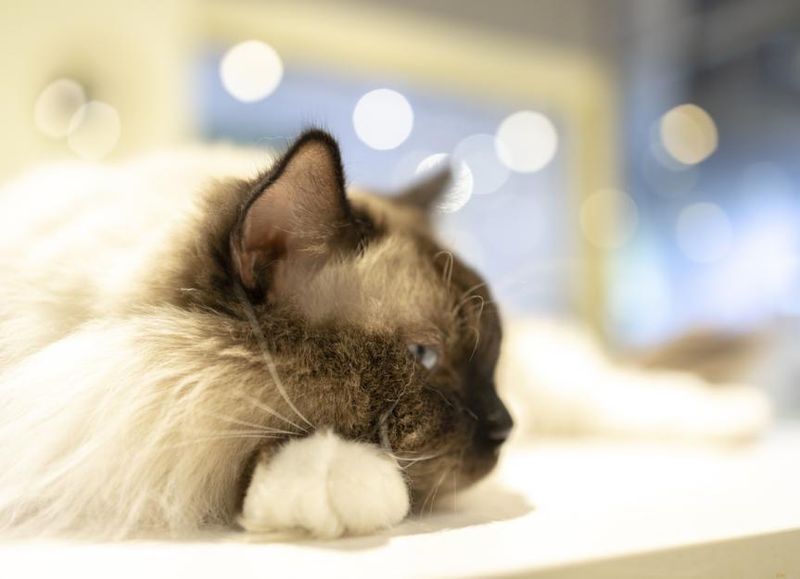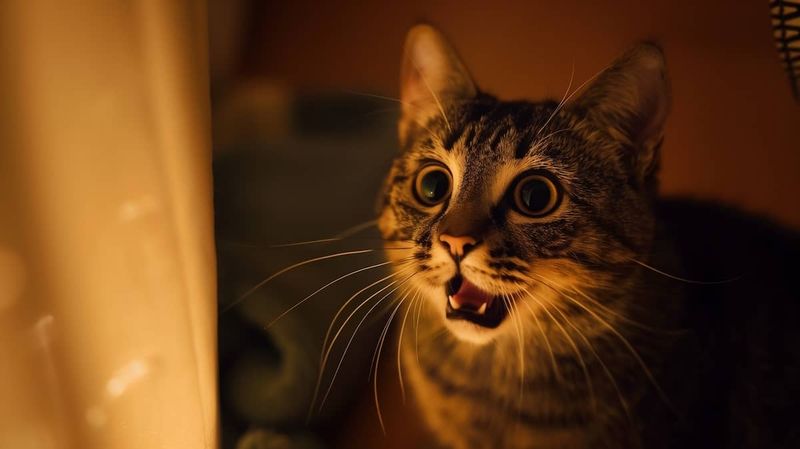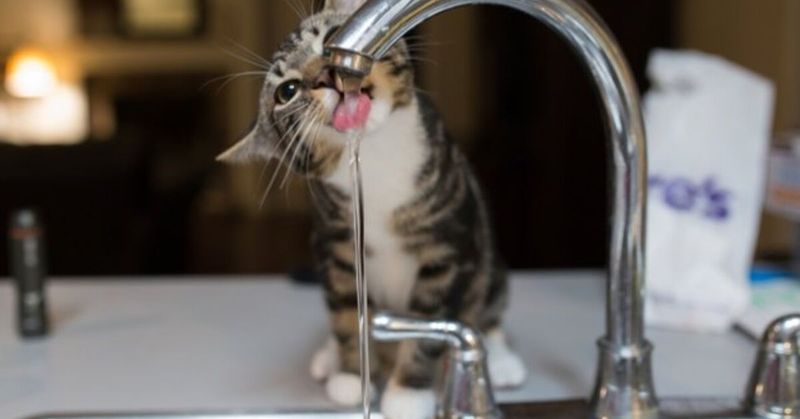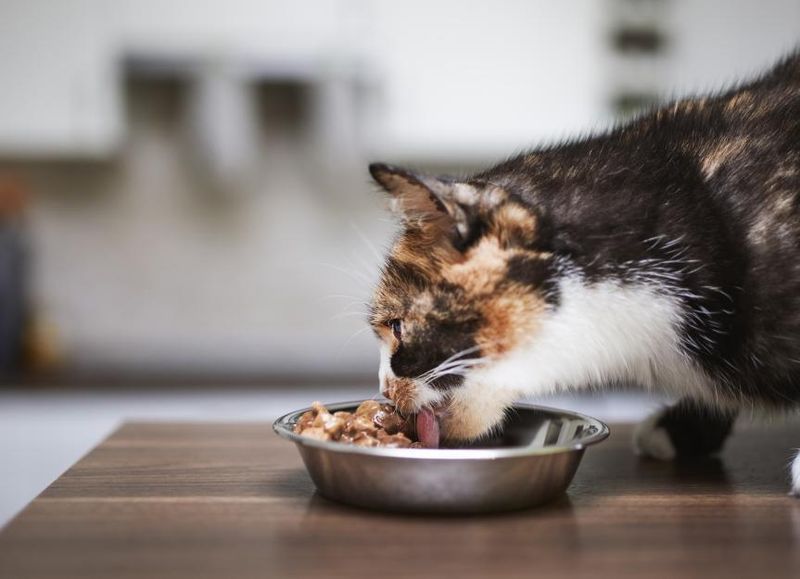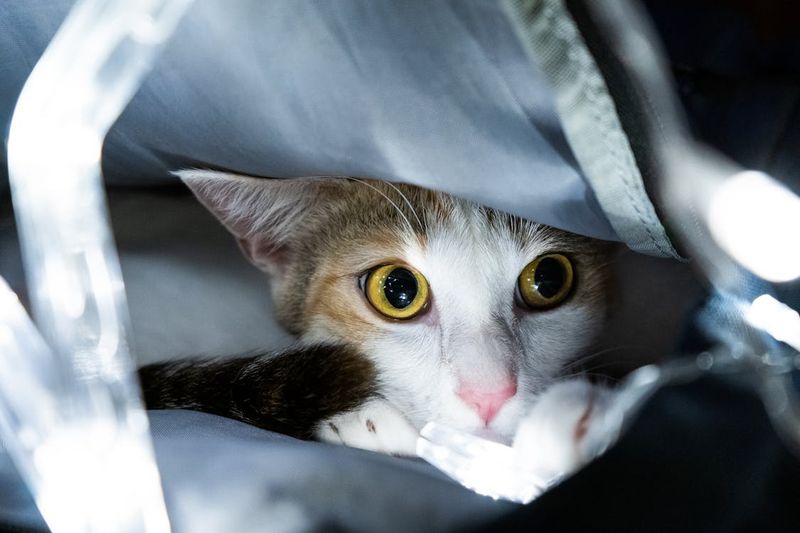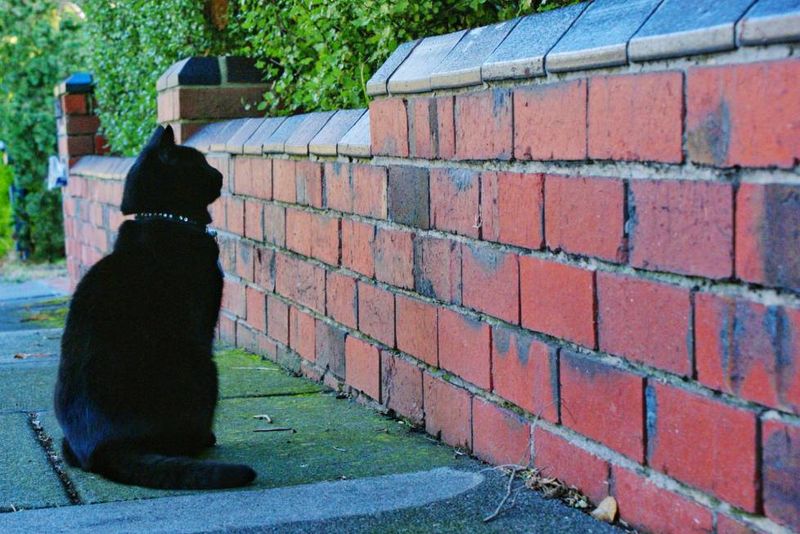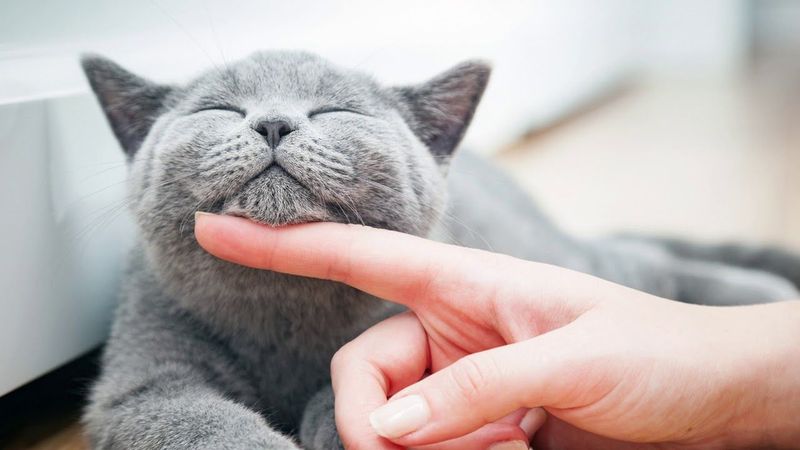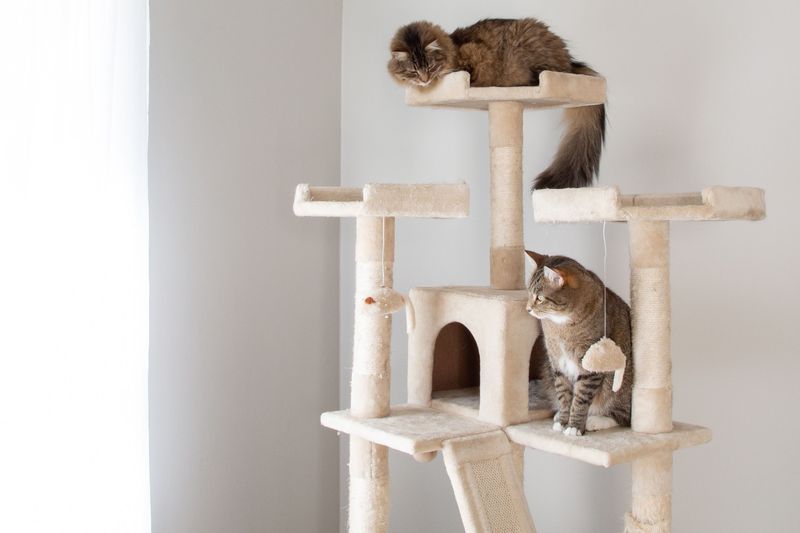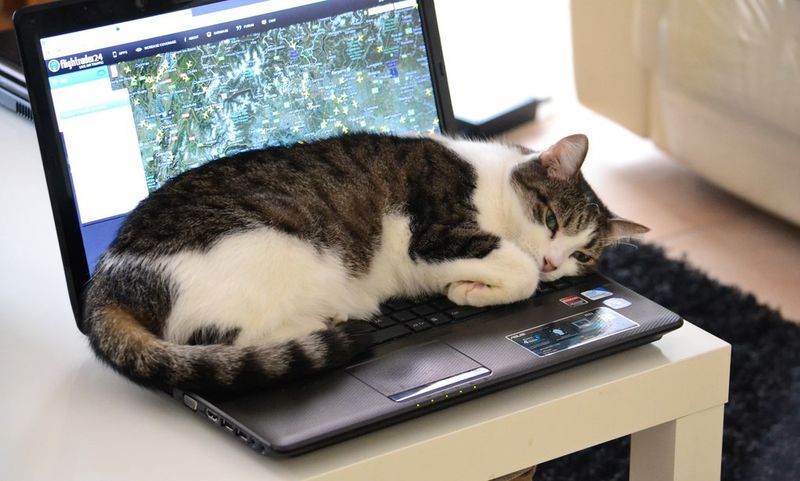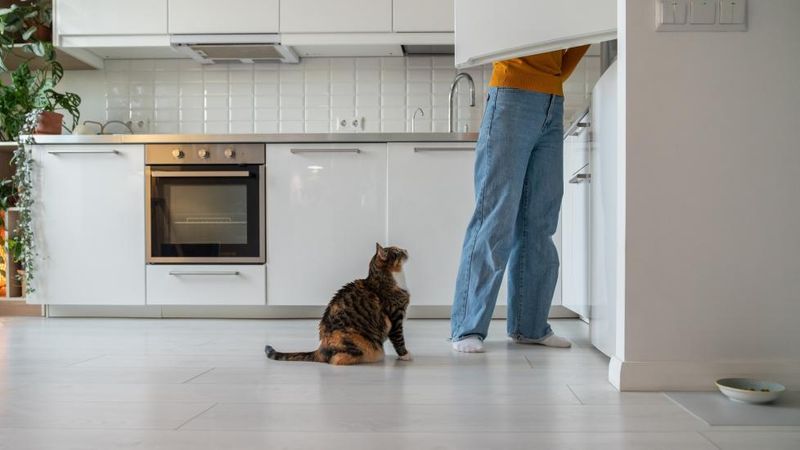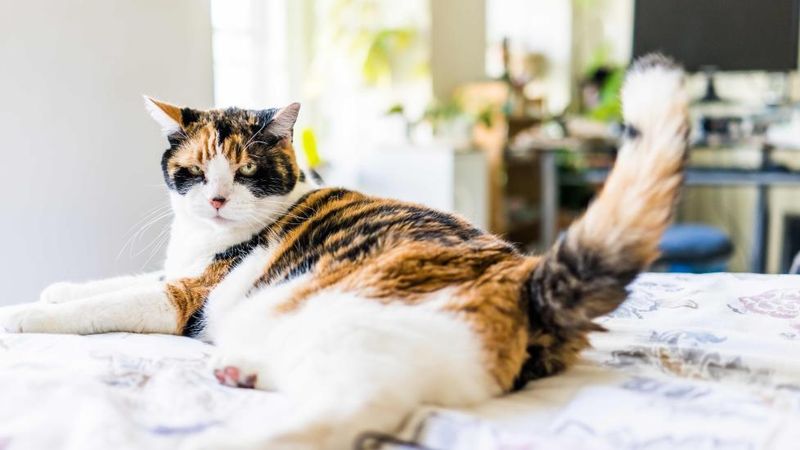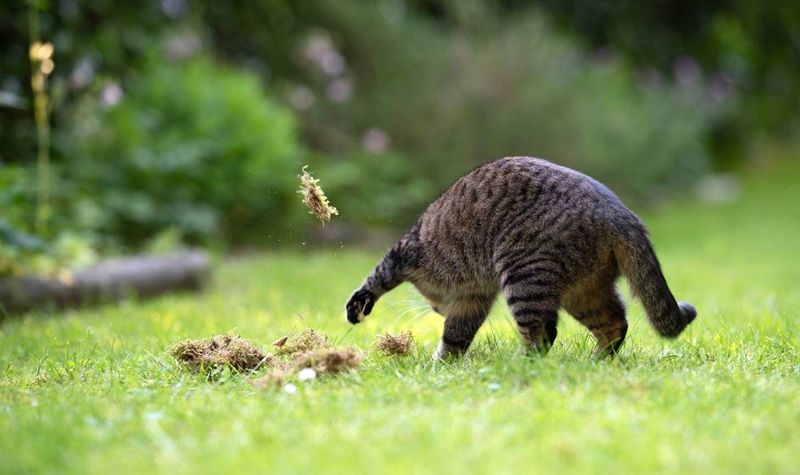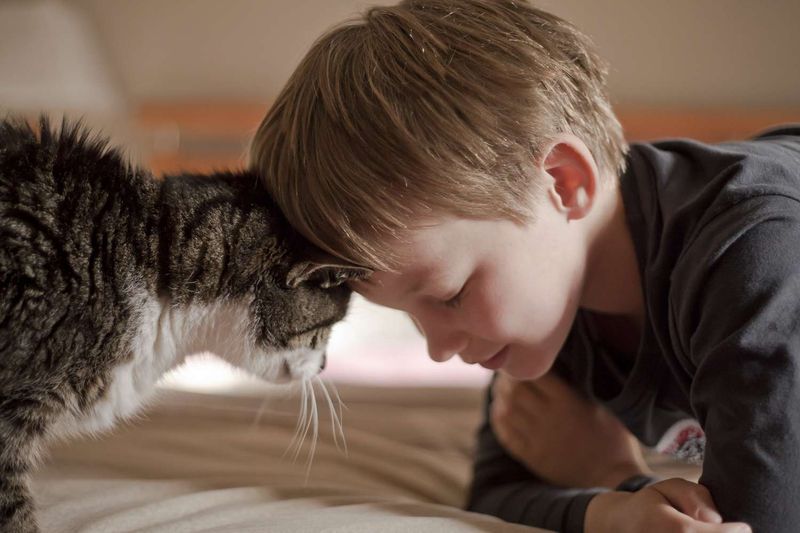📖 Table of Content:
- 1. Chirping at Birds
- 2. Kneading with Paws
- 3. Bringing You ‘Gifts’
- 4. Scratching Furniture
- 5. Chasing Shadows
- 6. Sleeping in Odd Places
- 7. Zoomies
- 8. Ignoring You
- 9. Meowing at Night
- 10. Drinking from Faucets
- 11. Being Picky Eaters
- 12. Hiding in Bags and Boxes
- 13. Staring at Nothing
- 14. Purring Loudly
- 15. Climbing to High Places
- 16. Lying on Your Things
- 17. Following You Everywhere
- 18. Wagging Tail While Sitting
- 19. Burying Food
- 20. Greeting with Head Butts
Cats possess a unique array of behaviors that endear them to millions of people worldwide. Each purr, meow, and playful pounce speaks to their innate feline nature. While some behaviors may seem perplexing or even troublesome, they are essential aspects of a cat’s personality and well-being. This blog post explores twenty typical cat behaviors that, contrary to what some may think, should never be corrected. Embracing these behaviors allows cats to express themselves freely, fostering a harmonious relationship between humans and their feline companions.
1. Chirping at Birds
With eyes wide and ears perked, cats often chirp at birds, showcasing their hunting instincts. This behavior, rather than being a nuisance, signifies a cat’s natural curiosity and engagement with the world around them. It’s a delightful sight to behold, connecting them to their wild ancestors. The chirping is thought to be a mimic of bird calls, a fascinating trait that highlights their intelligence and adaptability. Allowing this behavior enriches their indoor lives, turning a simple window view into a captivating hunt. Celebrate their chirping as a symphony of nature within your living room.
2. Kneading with Paws
Soft paws press rhythmically against a blanket, a tender display known as kneading. This behavior harks back to kittenhood, when cats knead their mother’s belly for milk. It’s a sign of comfort and affection, a soothing ritual that can calm even the most anxious feline. Kneading often occurs when cats are relaxed, expressing their contentment and trust. While claws may sometimes snag, this gentle massage is an endearing gesture of love. Embrace the warmth it brings, as your cat shares a moment of peace and connection with you.
3. Bringing You ‘Gifts’
Proudly, your cat drops a toy mouse at your feet, a tribute to their hunting prowess. This gesture, often misunderstood, is a token of love and trust. Cats view their owners as part of their family, and sharing prey (or toy equivalents) is a sign of inclusion. Far from being a nuisance, it reveals their affectionate nature and desire to share their success. Accepting these ‘gifts’ strengthens your bond, acknowledging their instinctual behavior and the unique way they express their love. It’s their way of saying, ‘You’re part of my world.’
4. Scratching Furniture
A whirl of fur and claws, cats scratch not to destroy but to maintain their nails and mark territory. Scratching is vital for their physical health, helping shed old claw sheaths and stretch their muscles. Providing appropriate outlets like scratching posts can save your furniture while allowing this essential behavior. Cats also use scent glands in their paws to mark their domain, a natural way to feel secure in their environment. By redirecting scratching rather than halting it, you honor their needs and preserve household harmony.
5. Chasing Shadows
In a burst of energy, cats chase shadows, turning mundane moments into exciting adventures. This playful behavior stems from their hunting roots, where movement triggers their instinct to pounce. Chasing shadows provides mental stimulation and a physical outlet, crucial for indoor cats with limited hunting opportunities. It’s an activity that keeps them agile and entertained, transforming ordinary spaces into playgrounds of imagination. Encourage this harmless pursuit, as it enriches their lives and keeps their spirit lively and curious.
6. Sleeping in Odd Places
Cats find the most peculiar places to nap, from shoe boxes to bathroom sinks. These choices are driven by their need for security, warmth, and sometimes just whimsy. A snug, enclosed space offers comfort and protection, harking back to their wild ancestry, where hiding places kept them safe. Embrace their quirky sleeping habits as a testament to their individuality. It’s a reminder that cats see the world from a different perspective, finding comfort and joy in the most unexpected corners.
7. Zoomies
Like a bolt of lightning, your cat dashes through the house, exhibiting the infamous ‘zoomies.’ This sudden burst of energy is a normal behavior, often occurring after a nap or meal. It’s a way for cats to release pent-up energy, keeping them fit and engaged. Zoomies are a playful expression of joy and freedom, reminiscent of their natural hunting and exploration instincts. Rather than discourage this exuberance, provide safe spaces for them to indulge in this high-spirited sprint, transforming your home into a joyful racetrack.
8. Ignoring You
With a flick of the tail and a distant gaze, cats often seem to ignore their owners. This aloofness is not a sign of indifference but rather a demonstration of their independent nature. Cats cherish their personal space and enjoy solitude, a trait inherited from their solitary wild ancestors. When they choose to engage, it’s genuine and heartfelt. Respecting their autonomy strengthens the bond, allowing them to approach you on their terms. Their occasional distance makes their moments of affection all the more treasured.
9. Meowing at Night
The nocturnal serenade of a cat meowing at night is a call to their wild side. Cats are crepuscular, most active during dawn and dusk, aligning with their natural hunting times. Nighttime meowing can be a request for attention or an expression of pent-up energy. Providing evening playtime and stimulation can help channel this behavior positively. It’s a reminder of their mysterious, untamed spirit, making them both enchanting and endearing. Embrace their night-time musings as a connection to their inherent feline essence.
10. Drinking from Faucets
Cats gravitate towards running water, like a faucet, over stagnant bowl water. This preference harks back to their wild instincts where running water is fresher and safer. Drinking from faucets not only satisfies their primal urge but also provides hydration in an engaging manner. Many cats find the sound and movement of water captivating, turning a mundane task into a delightful self-water fountain experience. Encouraging this behavior can be as simple as offering a pet fountain, ensuring they remain hydrated and content.
11. Being Picky Eaters
The selective palate of a cat is not mere fussiness. Cats are obligate carnivores with specific dietary needs, and their discerning taste ensures they meet those requirements. Their preference for certain textures or flavors is a reflection of their instincts, honed for survival. Respecting their choices means understanding they are safeguarding their health. Offering variety and quality food can cater to their needs while keeping mealtime enjoyable. Their finicky eating habits remind us of their complex and refined nature, deserving of appreciation and care.
12. Hiding in Bags and Boxes
With stealthy grace, cats find solace in bags and boxes, transforming these ordinary objects into secret hideouts. This behavior reflects their instinctual need for security and observation. Enclosed spaces offer safety, allowing them to watch their surroundings unnoticed. It’s a playful yet strategic move, echoing their wild ancestry where stealth was key. Providing safe hideaways enriches their environment, catering to their need for exploration and privacy. Celebrate their love for these makeshift sanctuaries as a charming quirk of their personality.
13. Staring at Nothing
With eyes locked on an invisible point, cats often appear to stare at nothing, a mysterious habit that intrigues their human companions. This behavior is partly due to their heightened senses, picking up sights and sounds imperceptible to us. It’s a window into their world, where imagination meets reality. Whether sensing subtle movements or indulging in a moment of contemplation, these stares offer insight into their complex minds. Far from being idle, it’s an exploration of their environment with a depth we may never fully grasp.
14. Purring Loudly
The soothing rumble of a cat’s purr is a multifaceted melody of contentment, healing, and communication. While commonly associated with relaxation, cats also purr when in pain or distress, a self-soothing mechanism that promotes healing. This versatile sound serves as a language between cats and their humans, conveying emotions ranging from joy to vulnerability. Embracing the purr means acknowledging their emotional complexity and the trust they place in us. It’s a gentle reminder of the harmony they bring into our lives.
15. Climbing to High Places
Scaling heights with ease, cats love to climb, seeking vantage points to survey their domain. This behavior is deeply rooted in their predatory instincts, where being high meant safety and better hunting prospects. High places offer security, a retreat from potential threats below. Encouraging this behavior with cat trees or shelves provides them with mental and physical stimulation. It allows them to exercise their natural agility and curiosity, transforming your home into a vertical playground. Their love for heights is an expression of their adventurous spirit.
16. Lying on Your Things
Cats often gravitate toward our belongings, draping themselves over laptops, books, or clothes. This endearing habit is a blend of affection and curiosity, marking their territory with their scent. To them, your possessions are an extension of you, and being close offers comfort and connection. It’s also a practical choice, as items like laptops provide warmth and a pleasant texture. While occasionally inconvenient, this behavior is a testament to their bond with you. It’s their way of intertwining their world with yours.
17. Following You Everywhere
A silent shadow, your cat follows you with unwavering devotion, a sign of their attachment and curiosity. This behavior stems from their social nature and the bond they share with their human companions. Cats are territorial animals, and following you is a way to keep track of their environment and the people they love. It’s a gentle reminder of their presence and their desire for companionship. Embrace this endearing tendency as a sign of trust and affection, knowing that wherever you go, you have a loyal friend by your side.
18. Wagging Tail While Sitting
Unlike dogs, a cat’s wagging tail doesn’t always signal happiness. It’s a complex language, expressing a range of emotions from curiosity to irritation. Observing their tail movements provides insight into their mood and intentions. A gently wagging tail while sitting can indicate focused attention or mild agitation. Understanding this subtle communication enhances your relationship, allowing you to respond appropriately to their needs. It’s a fascinating aspect of feline behavior, where every flick tells a story. Deciphering their tail’s tale fosters a deeper connection.
19. Burying Food
With an imaginary shovel, a cat may bury its food, a behavior rooted in survival instincts. In the wild, this action preserved leftovers from scavengers, a practical strategy for future meals. Domestic cats continue this behavior out of habit or dissatisfaction with their meal. Whether they’re saving it for later or expressing a culinary critique, it’s a window into their ancestral past. Understanding this behavior means acknowledging their survival skills and respecting their autonomy. It’s a quirky reminder of their wild heritage, woven into modern life.
20. Greeting with Head Butts
With a gentle nudge, cats greet those they love with head butts, a warm gesture of camaraderie. Known as bunting, this behavior transfers scent from glands on their head, marking you as part of their territory. It’s a sign of trust and affection, a feline handshake that strengthens the bond. This endearing ritual is an invitation into their world, a shared language of love and acceptance. Embrace their head butts as a seal of friendship, celebrating the unique way they choose to connect with their human companions.
